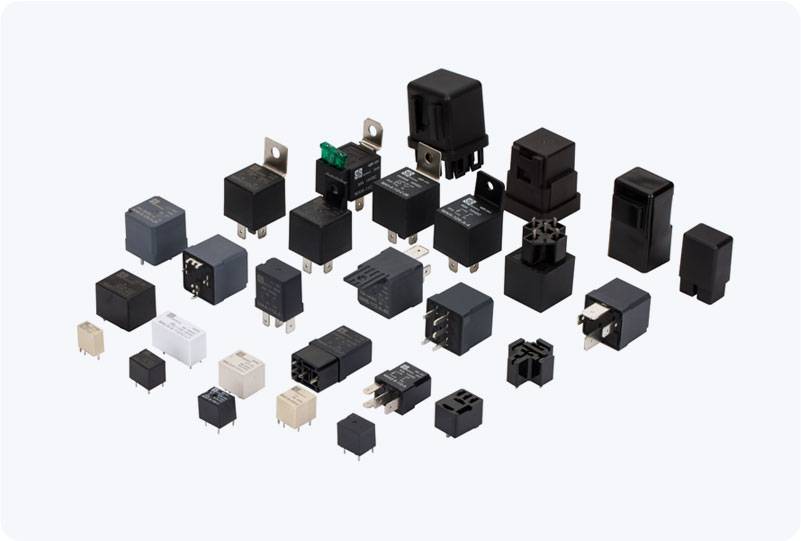A Thermostatic Mixing Valve (TMV) is an essential component in modern plumbing systems, designed to maintain a constant water temperature by mixing hot and cold water. Its primary function is to prevent the risk of scalding or discomfort caused by sudden temperature fluctuations, making it a valuable addition to various residential, commercial, and healthcare settings. This article will delve into the workings, benefits, applications, and installation considerations of the Thermostatic Mixing Valve, highlighting its crucial role in ensuring both safety and efficiency in water management.

What is a Thermostatic Mixing Valve? A Thermostatic Mixing Valve is a device that blends hot water and cold water to provide a safe and stable output temperature. It is equipped with a thermostatic element, usually a temperature-sensitive material or a sensor, which continuously monitors the water temperature and adjusts the proportion of hot and cold water flowing through the valve to maintain the desired output temperature. The valve works automatically, requiring no user intervention once it is set. It ensures that the water temperature does not exceed a certain preset level, thus minimizing the risk of burns or other injuries. TMVs are typically used in situations where consistent and safe water temperature control is crucial.